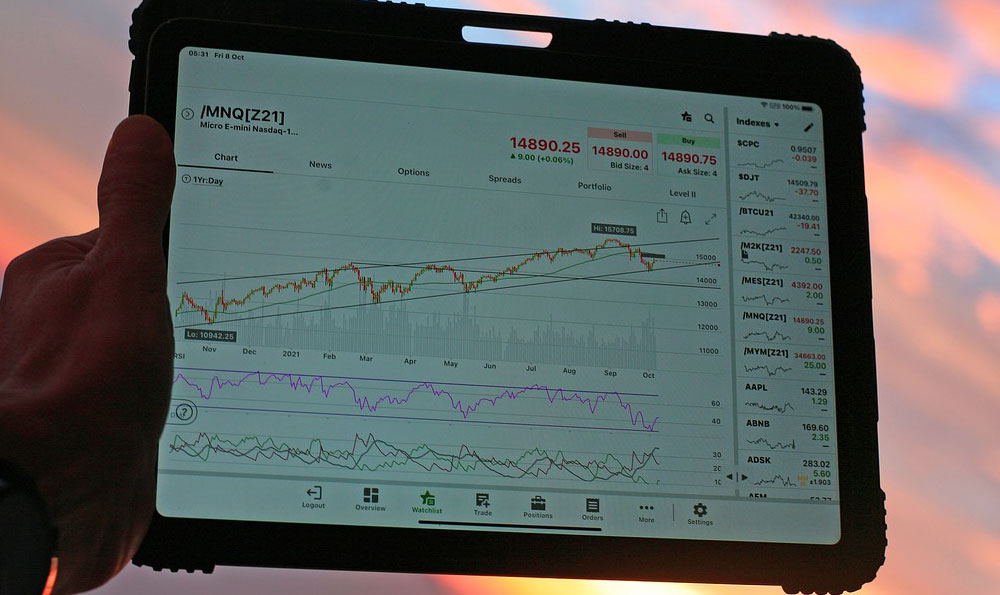Drawing has long been revered as a creative pursuit, yet its potential to generate income often remains overlooked by aspiring artists. Unlike traditional careers that require formal education or corporate structures, the art world offers a more fluid path for those who wish to monetize their talent. With digital platforms expanding access, independent selling opportunities, and a growing demand for visual content, creating money through drawing is more achievable than ever. However, success requires more than just talent and inspiration—it demands strategic thinking, market awareness, and adaptability to evolving trends. This guide explores the multifaceted ways in which artists can transform their passion into a sustainable livelihood, while also highlighting key considerations that can maximize profitability and long-term growth.
Building a Strong Personal Brand
One of the cornerstone principles for artists seeking to earn money through drawing is establishing a distinct personal brand. In a saturated market, differentiation is crucial. This involves not only refining the artistic style but also defining the niche—whether it's illustration, fine art, concept design, or digital artwork. A compelling brand story that resonates with the target audience can create emotional connections, leading to increased demand for the artist's work. Leveraging social media platforms like Instagram or Pinterest allows artists to showcase their portfolios, engage with followers, and build credibility through consistent content. Additionally, maintaining a professional website with an online gallery and portfolio provides a centralized hub for clients and collaborators to explore the artist's offerings.
Expanding Revenue Streams Beyond Traditional Sales
While selling physical artwork remains a common approach, artists who earn money through drawing can diversify their income sources. Licensing artwork for commercial use—such as in books, apps, or merchandise—offers royalties that can sustain long-term earnings. Paid collaborations with brands or influencers, where artists create custom pieces for campaigns or product packaging, provide another avenue. For instance, many illustrators work remotely for companies, producing content for calendars, greeting cards, or digital platforms. Teaching workshops or offering online courses to share techniques and insights can also generate passive income, especially in the digital age where platforms like Udemy or Skillshare enable global reach.

Utilizing Digital Platforms for Maximum Exposure
The rise of digital tools has democratized creative opportunities, allowing artists to monetize their work without physical constraints. Online marketplaces like Etsy, Gumroad, or Shopify enable the sale of prints, patterns, or art-themed products, often with reduced overhead costs. Subscription-based models, such as Patreon, offer ongoing support from fans who pay for exclusive content or behind-the-scenes insights. Moreover, digital illustration platforms like Fiverr or Upwork allow artists to offer their time or skills as a service, catering to clients needing design work for various projects. These platforms not only increase visibility but also provide flexibility in pricing and time management.
Developing Unique Artistic Products
Creating money through drawing can be significantly boosted by designing bespoke products that align with the artist's strengths. Original illustrations can be transformed into printed merchandise like T-shirts, mugs, or posters, while digital versions can be sold as NFTs or templates for digital use. The ability to provide custom art for events, personalized gifts, or branded materials opens additional doors. For example, many illustrators collaborate with businesses to create logo designs, interior illustrations, or promotional materials, earning both one-time payments and ongoing commissions. Investing in product development—such as creating a series of prints or offering downloadable art—can also enhance profitability by reducing production costs and increasing scalability.
Navigating Collaborations and Commissions
Collaborations with other artists, writers, or designers can amplify earning potential. Cross-promotion with complementary creators, such as illustrating for a blogger's book or designing graphics for a musician's album, allows both parties to tap into each other's audiences. Commissions, where clients pay for custom artwork, offer a direct way to earn income while tailoring the work to individual preferences. However, successful collaborations require clear communication, contract agreements, and understanding the client's vision. Setting transparent pricing, defining deliverables, and maintaining professionalism are key factors in ensuring smooth transactions and repeat business.
Leveraging Emerging Technologies and Trends
The integration of technology into the art world has opened new frontiers for artists who earn money through drawing. Virtual reality (VR) spaces, for instance, are becoming platforms for immersive art experiences, where creators can sell digital assets or interactive pieces. Blockchain-based art markets, such as NFT platforms, allow artists to tokenize their work and sell it globally, often with unique ownership features. Additionally, the growing demand for personalized art in the metaverse and digital gaming industries presents opportunities for innovation. Staying updated on technological advancements can help artists remain competitive and explore untapped markets.
Balancing Artistic Integrity with Financial Goals
While striving to create money through drawing, maintaining artistic integrity is equally important. Overly commercializing work to meet market demands can lead to creative fatigue and a loss of authenticity. Finding a balance between profitability and personal expression ensures continued motivation and artistic growth. Artists can explore partnerships that align with their values, such as collaborating with socially conscious brands or creating art for causes they believe in. This approach not only supports financial goals but also reinforces a unique place in the art community.
Maximizing Profitability Through Continuous Learning
To ensure a thriving career in art, persistent self-improvement is essential. Learning new techniques, exploring diverse mediums, and understanding market trends can enhance the artist's portfolio and appeal. Attending workshops, online courses, or art fairs provides opportunities to network and discover new opportunities. Additionally, analyzing competitors and customer feedback can help refine the artist's offerings. By embracing continuous learning, artists can adapt to changing demands and remain relevant in the dynamic world of art.
The importance of cultivating a long-term mindset cannot be overstated. Creating money through drawing is not a short-term endeavor—it requires dedication, patience, and resilience. By combining creativity with strategic planning, artists can effectively transform their passion into a profitable venture. Whether through traditional sales, digital platforms, or innovative approaches, the key lies in understanding the market, building a strong brand, and continuously evolving as a creator. With these elements in place, the path to earning money through drawing becomes not only achievable but also sustainable.












